Description
LIQUIFIED NATURAL GAS (LNG) Liquefied natural gas (LNG) is natural gas that has been cooled to a liquid state, at about -260° Fahrenheit, for shipping and storage. The volume of natural gas in its liquid state is about 600 times smaller than its volume in its gaseous state. This process makes it possible to transport natural gas to places pipelines do not reach.
Liquefying natural gas is a way to move natural gas long distances when pipeline transport is not feasible. Markets that are too far away from producing regions to be connected directly to pipelines have access to natural gas because of LNG. In its compact liquid form, natural gas can be shipped in special tankers to terminals around the world. At these terminals, the LNG is returned to its gaseous state and transported by pipeline to distribution companies, industrial consumers, and power plants.
LNG Trade
For large-volume ocean transport, LNG is loaded onto double-hulled ships, which are used for both safety and insulating purposes. Once the ship arrives at the receiving port, LNG is off-loaded into well-insulated storage tanks, and later regasified for entrance into a pipeline distribution network.
LNG can also be shipped in smaller quantities, usually over shorter ocean distances. There is a growing trade in small-scale LNG shipments, which are most commonly made using the same containers used on trucks and in international trade, specially outfitted with cryogenic tanks. Other small-scale LNG activities include “peak-shaver” liquefaction and storage facilities, which can hold gas compactly for when it is needed in local markets in the U.S. during times of peak demand. LNG is also sometimes imported or exported by truck from this kind of facility.
For all inquiries regarding Liquified Natural Gas Start Here” button.

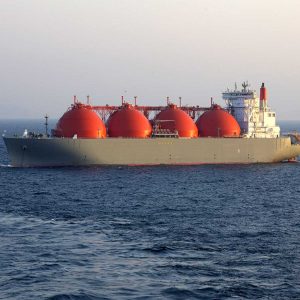
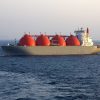
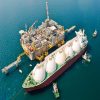
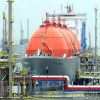
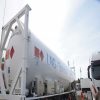
Reviews
There are no reviews yet.